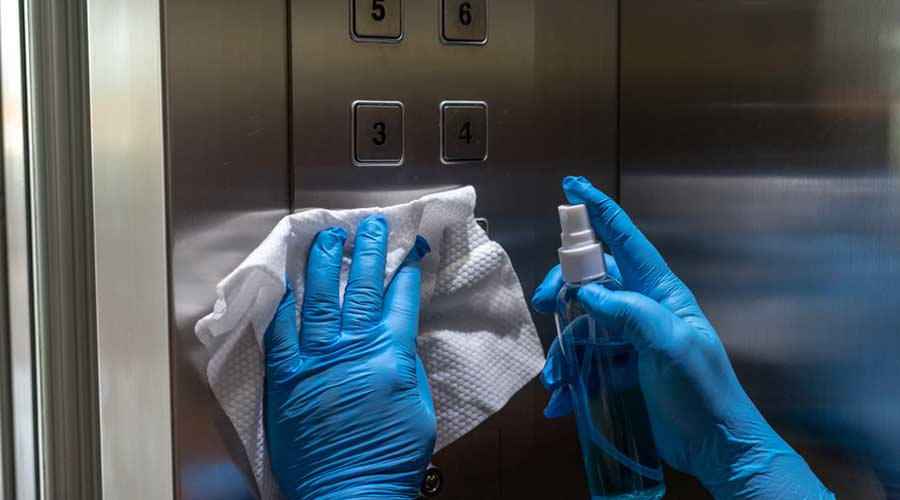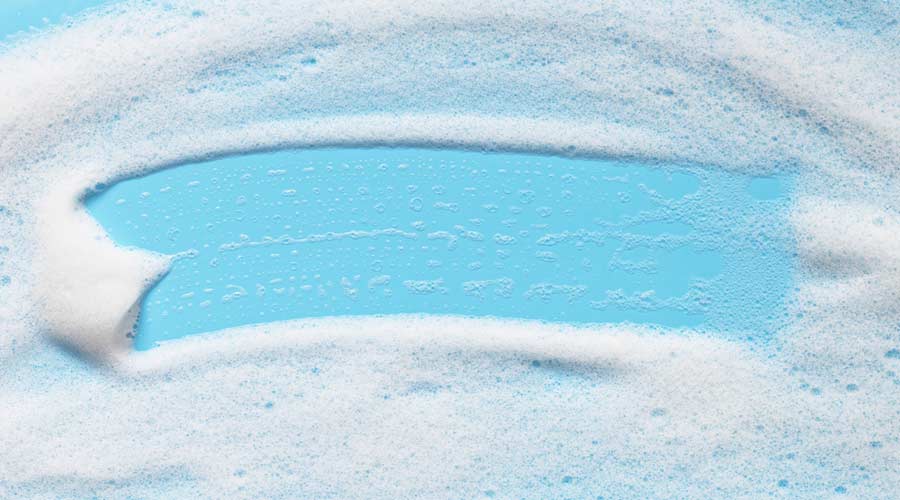Researchers honored by the American Cleaning Institute (ACI, formerly The Soap and Detergent Association) have identified a group of surfactants that are highly effective in acid cleaning formulations in preventing the corrosion of steel surfaces. ACI recognizes the Best Paper published during the previous year in the Journal of Surfactants & Detergents; the award was presented at the American Oil Chemists' Society (AOCS) 103rd Annual Meeting.
"Acid cleaning is a well-accepted industrial method to remove the rust, contaminations and mill scale from mild steel surfaces," says Dr. Mohammad Mahdavian, assistant professor in the Polymer Engineering Department at Sahand University in Tabriz, Iran. "However, the strong corrosivity of acid cleaning formulations could cause corrosion and material loss. Corrosion inhibitors are therefore often used in such formulations."
Dr. Mahdavian and his colleagues compared the corrosion inhibition efficiency of two different cationic surfactants: a gemini (dimeric) surfactant (known as "12-4-12") and a monomeric surfactant (known as DTAB).
"The 12-4-12 surfactant showed an extremely high corrosion inhibition efficiency at very low concentrations as revealed through electrochemical studies," said Dr. Mahdavian. "We believe that the excellent performance is related to higher surface activity and charge density of this surfactant, as demonstrated by surface tension studies.
"The result of the work can assist the formulators of acid cleaning solutions in selecting the optimal surfactants and open the door for a new generation of surfactants with higher performance."
Dr. Mahdavian was honored along with his co-authors, Dr. Ali Reza Tehrani-Bagha and Dr. Krister Holmberg, Professor of Applied Surface Chemistry, at Chalmers University of Technology, Göteborg, Sweden.
Their paper, "Comparison of a Cationic Gemini Surfactant and the Corresponding Monomeric Surfactant for Corrosion Protection of Mild Steel in Hydrochloric Acid," was published in the Journal of Surfactants and Detergents, Volume 14, Number 4 (October 2011), p. 605-613.
- Industry News
- CleanLink Minute
- CleanTips
- Buyer's Guide
- Industry Links
- Find by Key Phrase
- Branded Features
- Faces of the Frontline Entry Form
- Business & Industry
- Carpet Care
- Cleaners & Disinfectants
- Floor Care
- Green Cleaning & Sustainability
- Ice Melt
- Infection Control
- Restroom Care
- Software
CleanLink Topics

 The Down and Dirty on Cleaning in Virus Season
The Down and Dirty on Cleaning in Virus Season How Surfactant Use is Expanding in Commercial Cleaning
How Surfactant Use is Expanding in Commercial Cleaning Maximize Your Margins: Learn How to Automate Pricing and Track Rebates
Maximize Your Margins: Learn How to Automate Pricing and Track Rebates